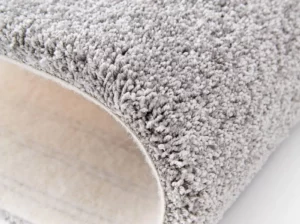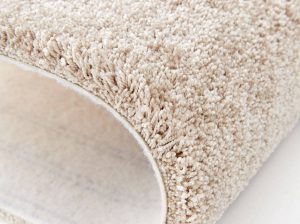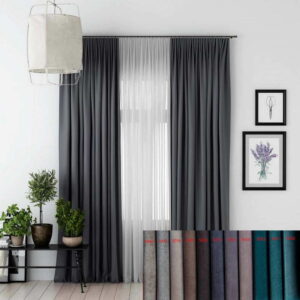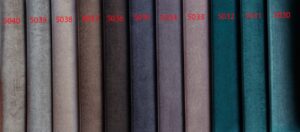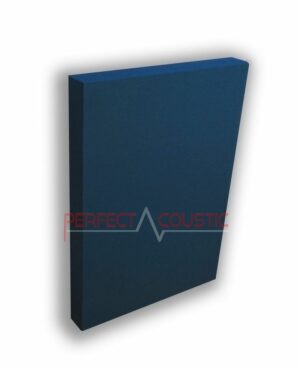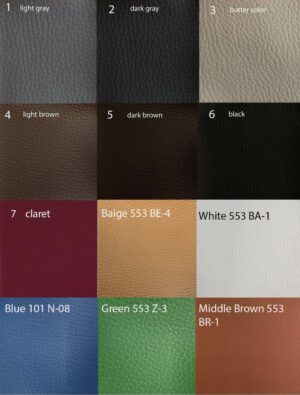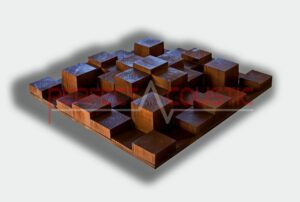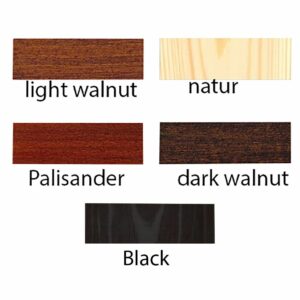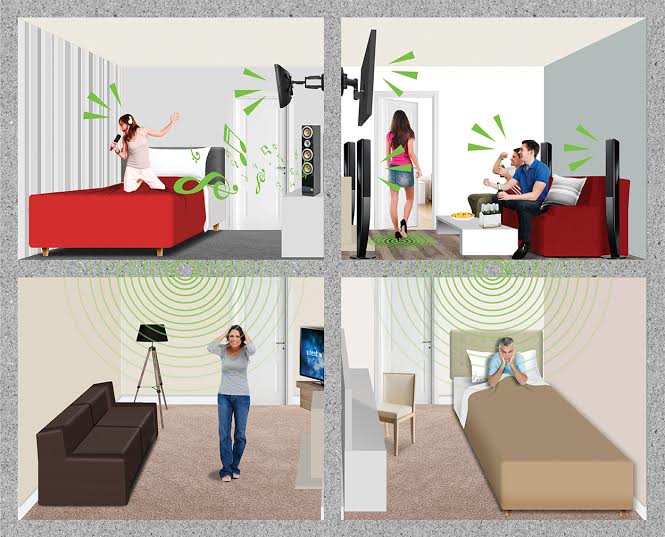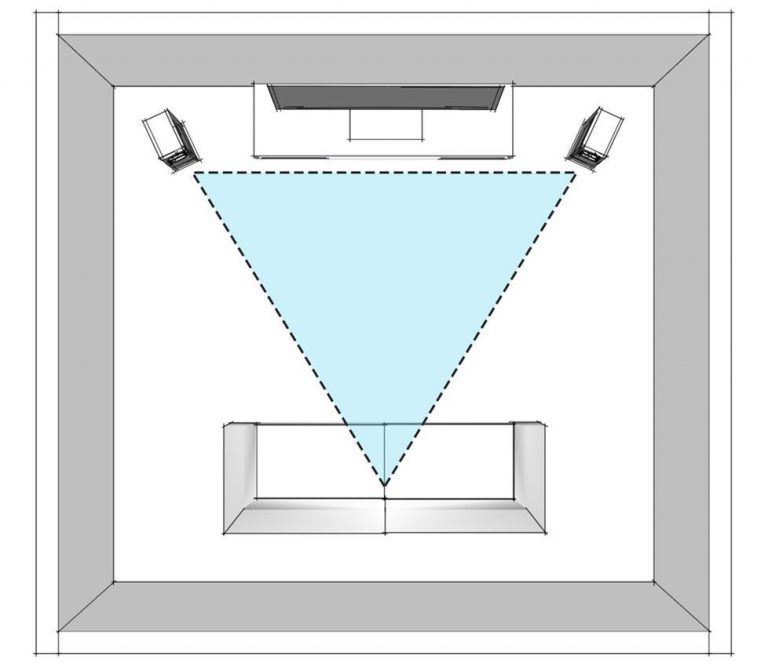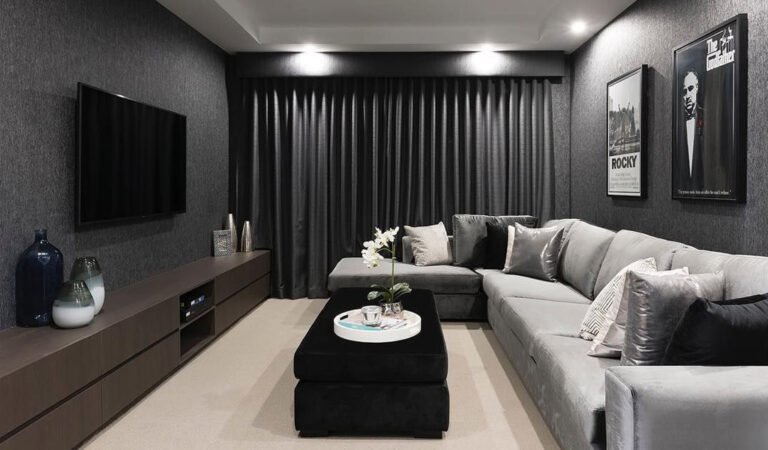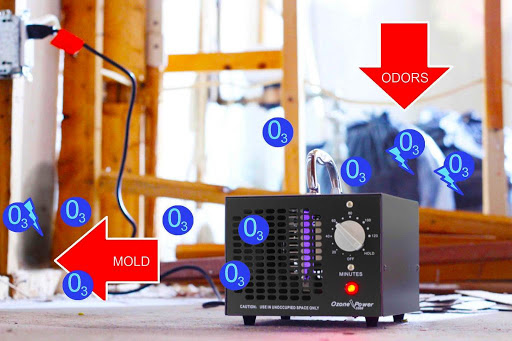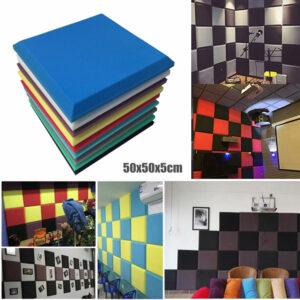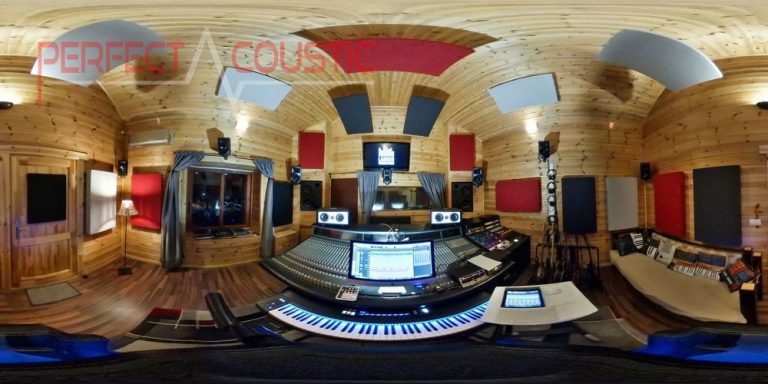The level of noise pollution is critical today and there is virtually no household that is not affected. If by chance there is not even a single refrigerator or any electronic device operating at all decibels, the noise from outside is guaranteed to seep in, even with proper insulation.
-
Silent soundproof mat93 € – 455 € +Vat
-
But what does all this have to do with the world of materials and textiles?
Apparently there is no connection between these two areas, but it is really only an appearance. It is no coincidence that in theatres and concert halls, which are industrial facilities, professionals place great emphasis on the use of optimal textiles to promote ideal acoustics. Why shouldn’t sound absorption play exactly the same role in every household? It is a goal that can make a major contribution to restful sleep and relaxation. In short, it can help to create a higher quality of life.

What’s wrong with noisy spaces?
What? Basically everything. In a room with a booming, banging space, concentration is particularly difficult. What’s more, premature fatigue is inevitable. Many personal spaces have these characteristics, even if few people have been aware of them until now. Poor acoustics is a fact that should not be accepted, because although you obviously cannot turn the room inside out, the textile industry’s pearls can help a lot to create a better sound. Surfaces that improve acoustics cannot be exclusively acoustic panels. Even furniture, carpets, curtains, sofas, armchairs can make a significant difference to the acoustics of a room. But also pay attention to the corners of the room. In corners you can put several types of bass traps or corner elements covered with textiles of varying materials.
Why is this so interesting?
Because corners are usually the most problematic from an acoustic point of view.
Now, back to textiles, because these surfaces can also perform their function because they have the right covering. In general, textiles provide what is known as porous sound absorption, but also high-frequency sound absorption. Obviously the internal structure of the materials has a major influence on the effectiveness of sound absorption. An excellent example of this is flax. The structure of flax, i.e. its fibres, forces the sound waves to change direction continuously. This is a good thing because it takes a relatively long time for the fibres to eventually pass through the material. Each change of direction results in a loss of energy. Add to this the bonus of the presence of the wall, which can bounce the sound waves back into the fibres, and the process is doubly successful. By the way, this is the principle of passive sound absorption in very simple terms.
What makes a material a good acoustic material?
To get a little closer to what makes a textile ideal for sound absorption, here is a definition that is quite easy to digest for the layman. The acoustic porosity of a textile is the better the greater the number of voids in the material, the denser and thicker it is, and the greater the ratio of the total volume of the material. It is no wonder that many people prefer, for example, polyurethane foam or acoustic rockwool, from which the aforementioned panels are made. Textile fibres or wool felts are also often used.

Can acoustic properties be shaped afterwards?
Yes. That’s the good news! In fact, most built spaces do not boast much to boast about in this area. The insertion of a single drapery in most cases, or a larger surface area for armchairs and sofas, or perhaps a brain mat for the walls, can help enormously in reducing noise pollution and balancing acoustics. Alternatively, the use of acoustic panels, as mentioned above, is also an excellent and effective idea.
In other words, maximum success can be achieved with a minimum investment of time and money. And not just in the home. The working environment is also very important to embody optimal characteristics. Otherwise, focus can become difficult, attention can be impeded and productivity can be reduced, which is not a very positive outcome, to say the least. Especially as all this can be easily prevented, thus raising productivity at work to a higher level. It’s easy to see that this is actually a smart investment that can improve companies’ revenues and employee satisfaction.
-
Bass acoustic wall panels with double leather membrane83 € – 260 € +Vat
-
3D acoustic diffuser 70x70x10cm122 € – 139 € +Vat
The icing on the cake is that the use of textiles is not just a sound strategy. After all, who could deny the beauty and versatility of these materials, both in terms of colour and pattern? Probably no one! In this way, the living spaces concerned can be enriched with visual elements which, at first glance, may appear to be decorative, but which in fact perform a much more serious function: they contribute to a more relaxed living environment. This is a value that should be important to everyone!

